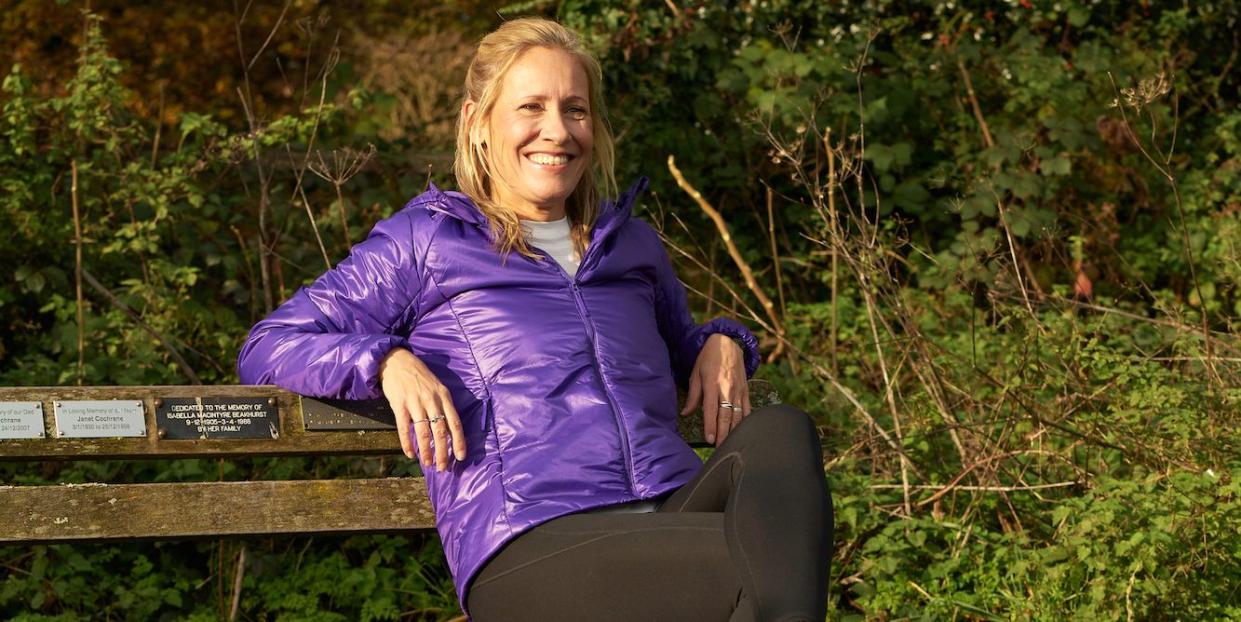Raworth on the Run: 'Good For Age places inspire runners across the ages'

When I ran my first-ever marathon in London 13 years ago, I never imagined that I’d still be going strong at the age of 55. But there is a big upside to being an ‘older runner’, one that drives me on year after year. It’s called Good For Age (GFA).
London Marathon launched it in the early 1980s. But back then, there was only one GFA time for both men and women – and that was fast. Very fast. A blistering 2:40. That ruled out everyone except the real speedsters. In those days, there were only 7,000 or so runners, and they were mostly men. In fact, less than 5% of the finishers at the inaugural event in 1981 were female. But as the race numbers grew, so too did the different ways to get in. Thank goodness, because this year more than half a million people applied for a place in the ballot. That’s a world record. And you don’t have to be good at maths to realise that very few of them will be standing among the 45,000 runners on the start line this year.
For 6,000 men and women (equally divided) who run fast enough for their age group, a GFA place has felt like a golden ticket – almost guaranteed entry to arguably the most oversubscribed marathon on the planet. ‘Logistically, it’s a really important part of the London Marathon,’ says race director Hugh Brasher. ‘Logistically’ is a word he uses a lot. And it turns out logistics play a big part. ‘We’ve expanded the numbers enormously,’ he says. ‘You still want people at the front who are running quick times, otherwise you’ve got empty roads. So, logistically, it makes total sense to have a GFA category. That’s where the idea came from.’
Now, though, the arrival of super shoes is forcing a rethink. Record numbers qualified for a GFA place this year but, for the first time, more than 1,000 runners were turned down. ‘Supershoes are making a difference, without a doubt. It has got easier [to run a GFA time] than it was five years ago,’ says Brasher. Once the 2024 marathon is over, he’ll reassess. ‘Men are already having to run five minutes faster than the cut-off time, women two minutes faster. There’s an argument that you reduce the time for men and women, so you’re not balloting people out.’
Is the gap between men and women fair, I ask him. With so many applying, to make the grade this year a man aged under 40 had to run well under a 3:00 marathon. A woman of the same age had to cross the finish line in just under 3:45. A woman of my age needed just under 4:05. My male counterparts had to come in well under 3:20. The cut-off times are calculated using average finishing times for men and women. Despite plenty of complaints about the disparity in times, Brasher is having none of it. ‘I don’t care if someone says it’s easier. There are biological differences between men and women and what we should be doing is having as even a playing field as we possibly can,’ he says.
GFA may have started out as a logistical way of keeping the streets full on marathon day, but it’s more than that now: it’s something that inspires runners across the ages.‘You can pick out some amazing stories through the history of the London Marathon,’ says Brasher. ‘People have entered and suddenly realised, “I can actually run –I’m quite good at it.” To me, that’s far more invigorating, inspiring and exciting than someone who’s incredibly talented doing a fast time. It’s the unexpected – and those are the stories that grab the public imagination.’
You Might Also Like


